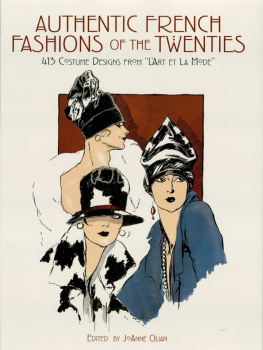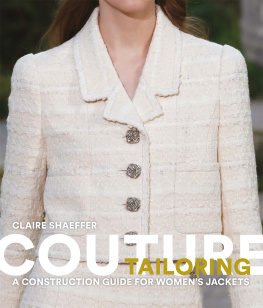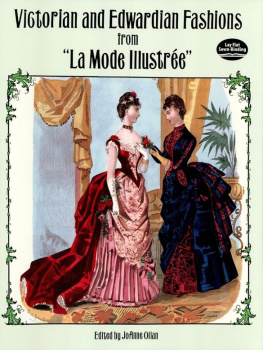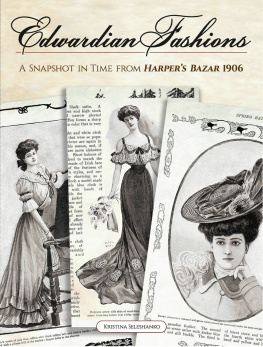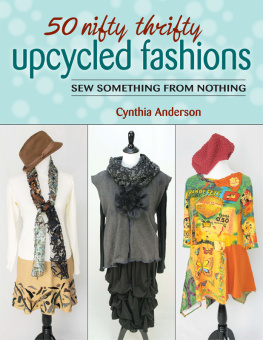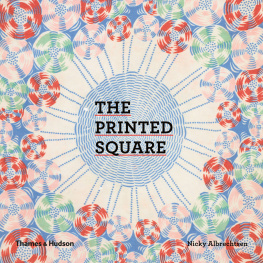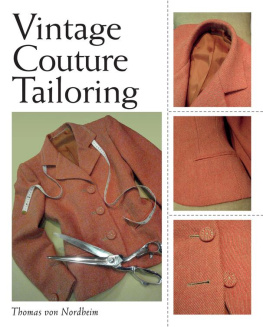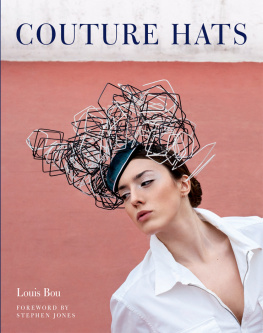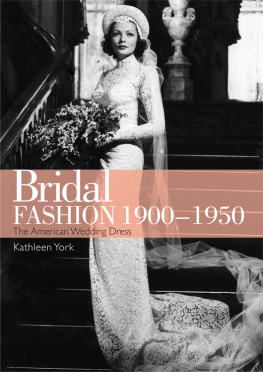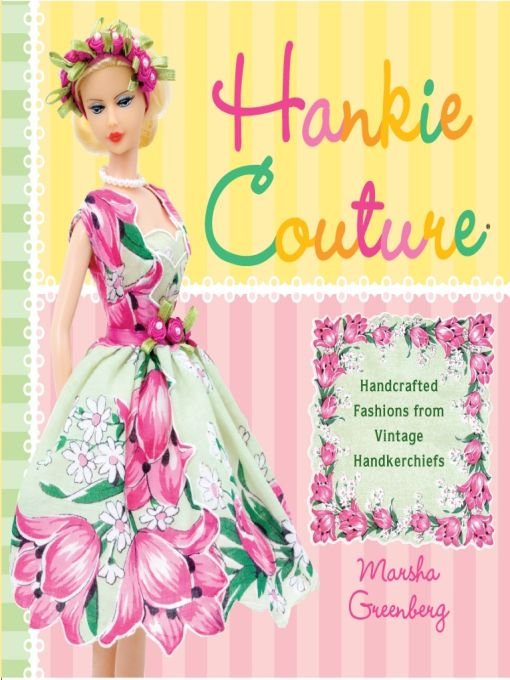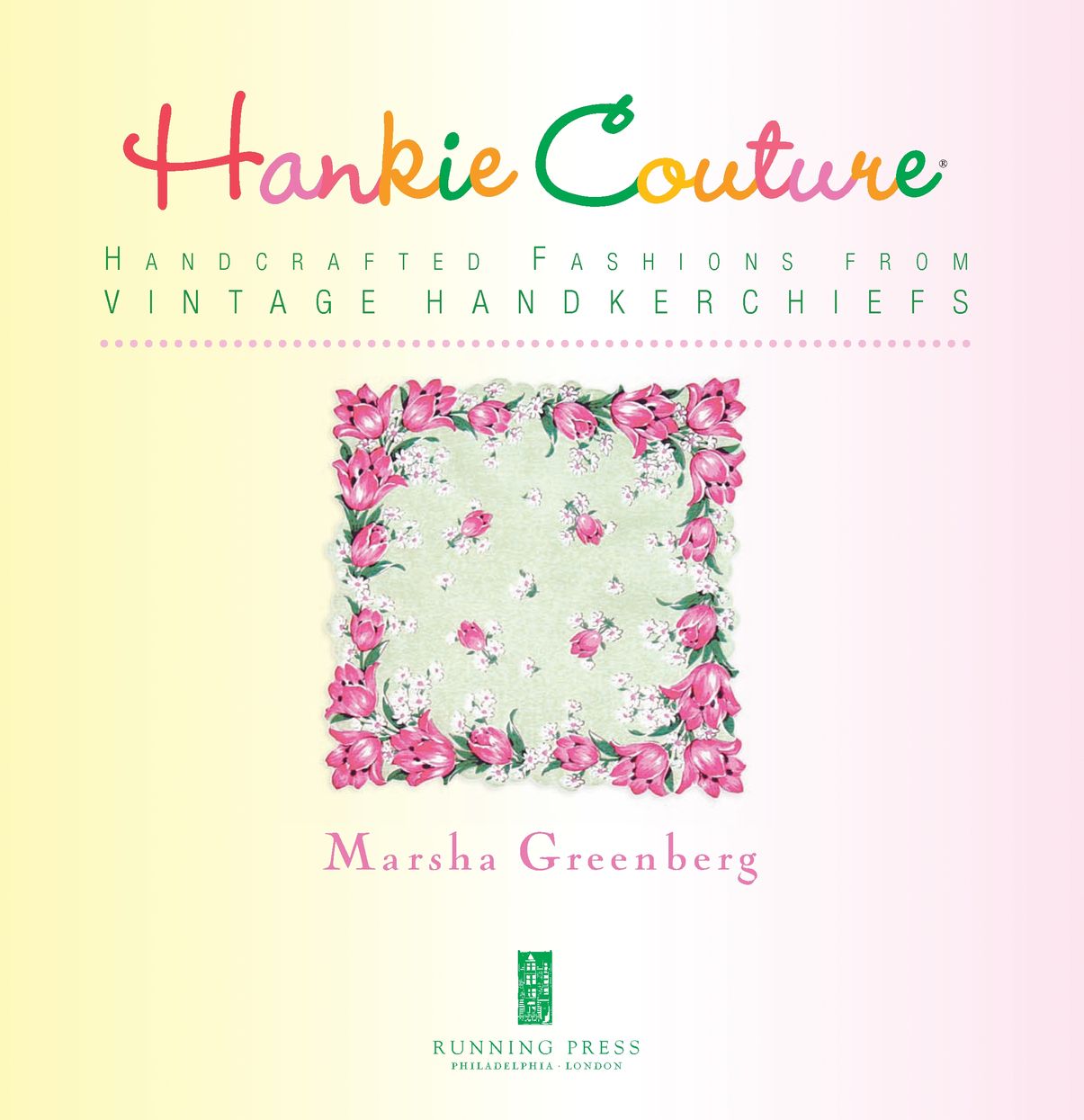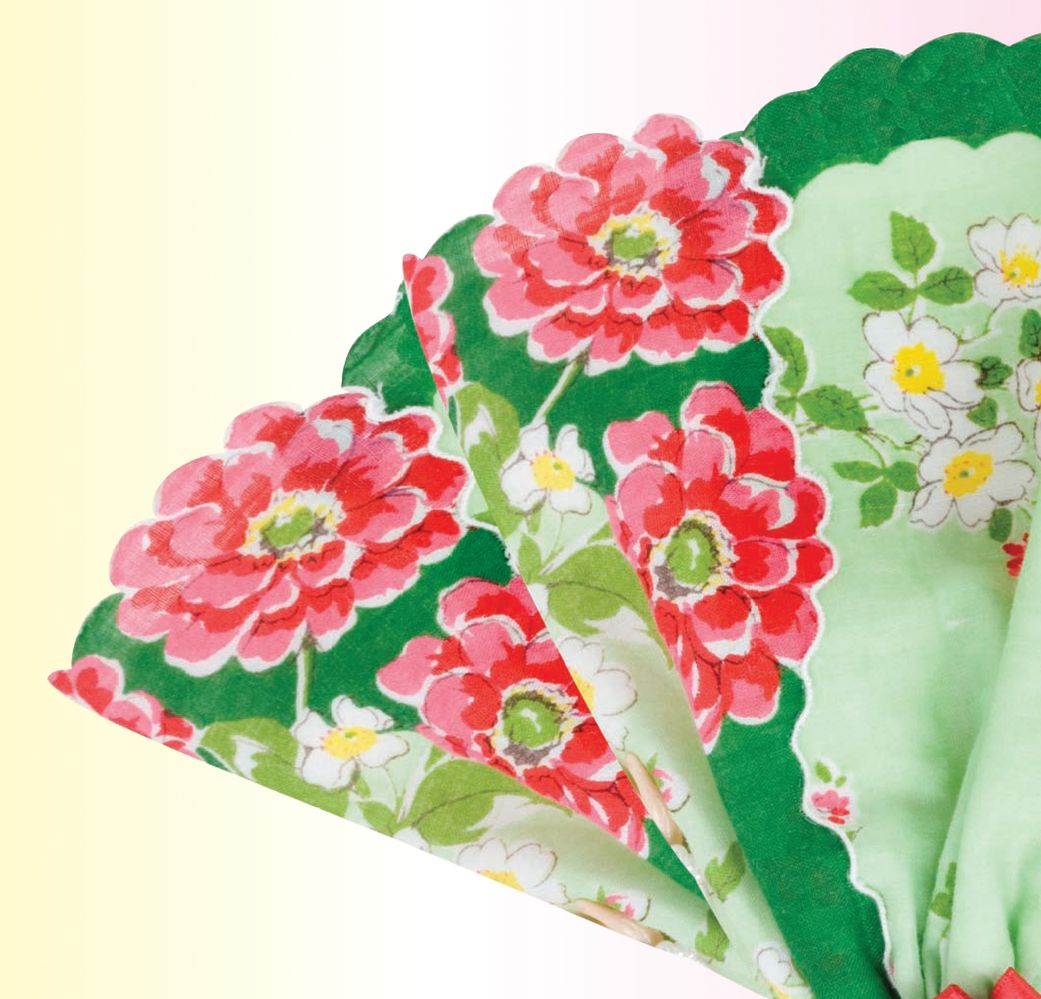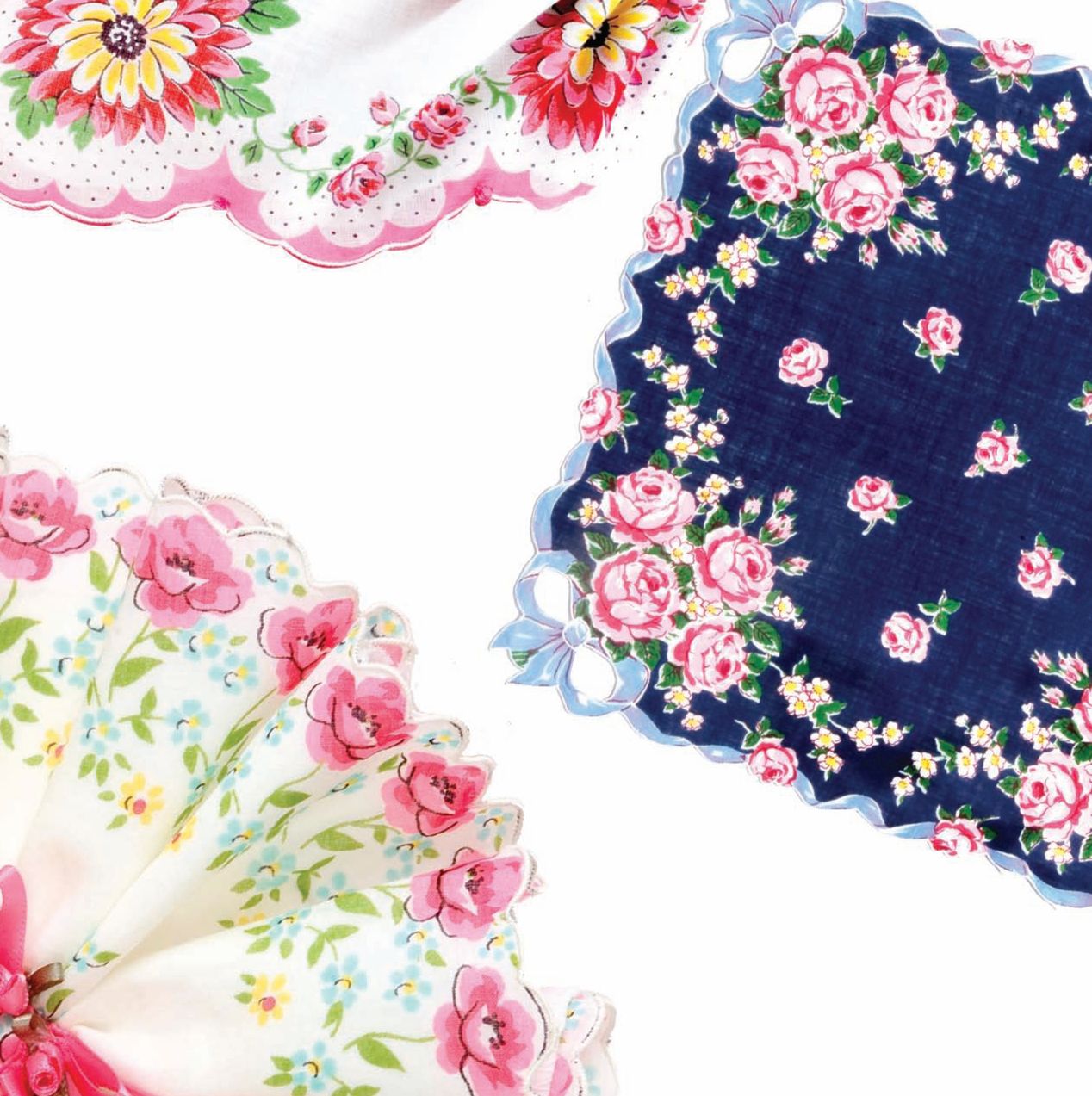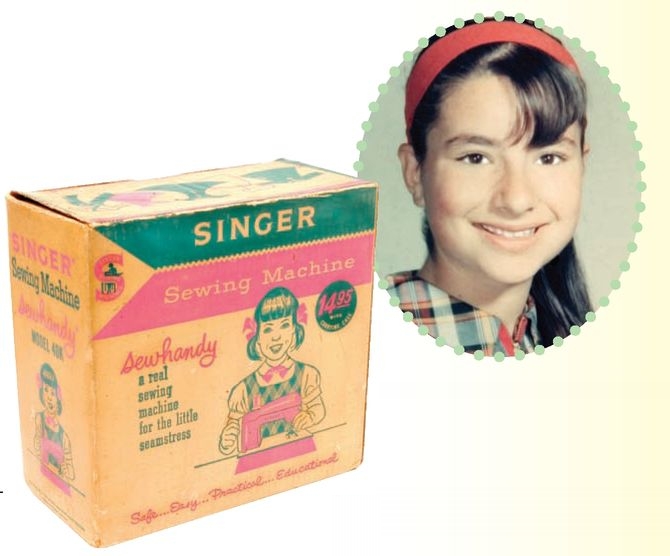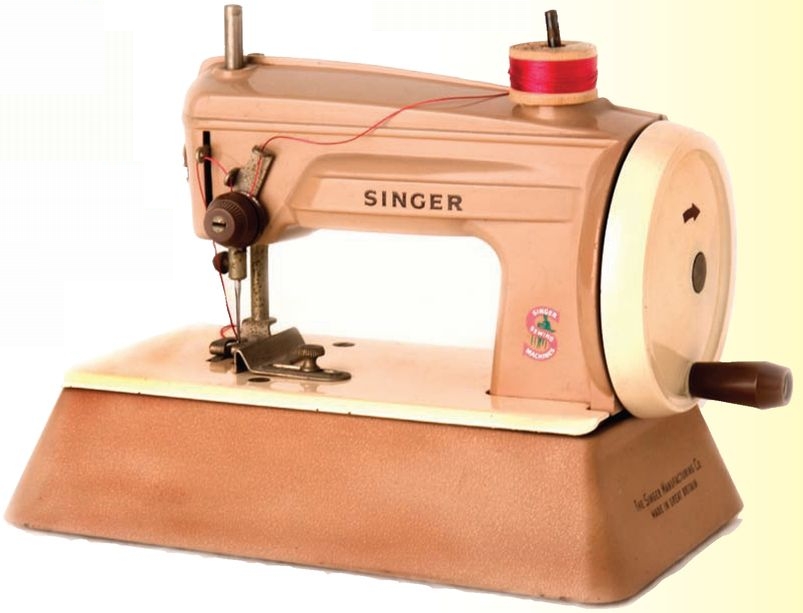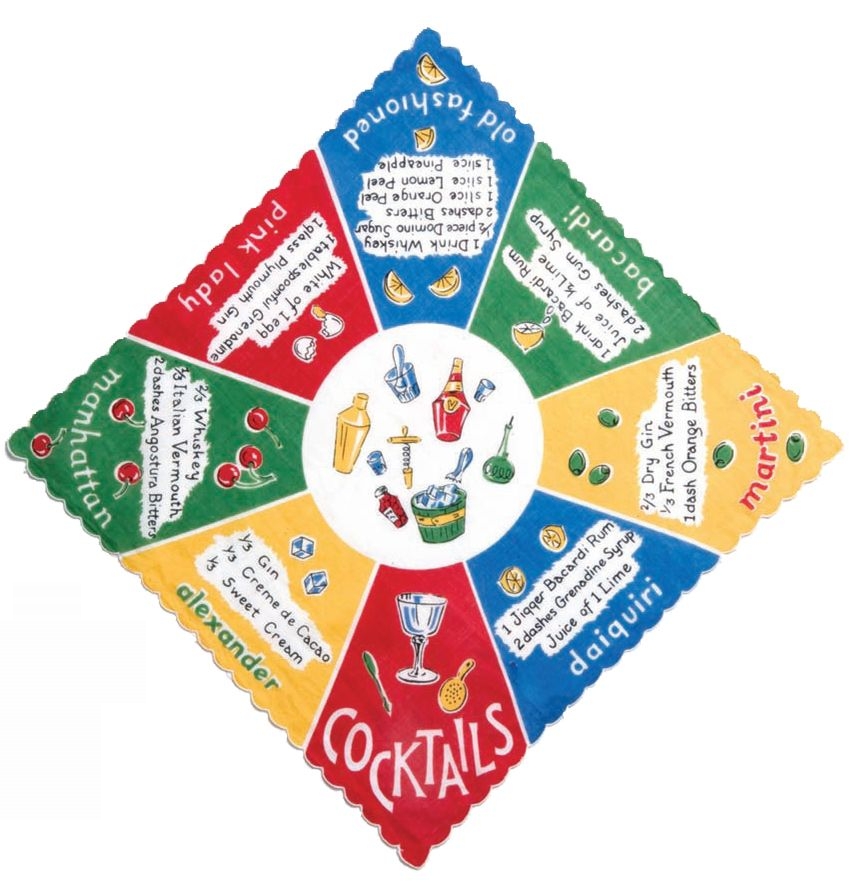Table of Contents
This book is dedicated to my mom, who first taught me how to sew. Mom, you were the best mom in the world, the universe, the galaxy, and the stratosphere! I love you forever.
introduction
THE STORY OF Hankie Couture
I have always had a love affair with fabric.
As far back as I can remember, I was attracted to patterns and color. Since 2002, I have designed and sewn several thousand one-of-a-kind vintage handkerchief dresses ... and I see no end in sight! The passion comes alive every day when I wake up. Sometimes I surprise even myself!
I love, love, love creating, designing, and sewing. The ideas just keep on coming, even in my sleep! One time, I had this amazing dream. I was having a problem with a doll hat. I could not figure out the best way to make the pattern. That night, in my dream, the solution was placed in my head. I woke up about 4:00 a.m. (an hour earlier than I usually awaken), got out of bed, went downstairs, made the pattern, sat down and sewed it, and it worked! Wow!
As a ten-year-old, I was already toying with doll clothes. I used to make dress patterns out of old newspapers, then cut out my amateur creation and fit it to my doll. My mom bought me this tiny little Singer sewing machine. It was a very well-made, heavy machine from London. (I still have it!) There was a wheel on the side that you turned to make the needle go up and down and I would sit for hours sewing the day away.
The only formal training Ive ever had took place when I was eleven years old and my mom enrolled me in a summer sewing course. The class assignment was to choose a simple style ... nothing too difficult, lest we become discouraged! Everyone in the class chose garments without sleeves, collars, zippers, or pleats. I chose a dress with a twenty-two-inch zipper, set-in sleeves, an inverted pleat, a dropped waist, a collar, neck facings, and long, long darts. Even then I could not follow the path of least resistance! My thought process was: If Im going to invest my time in something, it better be spectacular.
Not too long after that, I started making my own clothing. By the time I was in junior high, I had made so many dresses for myself that I could go thirty days without repeating an outfit.
I have my mom to thank for teaching me to squeeze the most out of any piece of fabric. Many times I was short on the amount I needed by a half a yard or more. Together we would ponder the placement of the pattern pieces and manipulate them to fit. We were always successful. Eventually I learned to make my own patterns. Many years later I even took a course in formal pattern drafting, but I found it tedious. So I went back to my own methods.
As a young teenager, I taught myself every craft you can imagine: knitting, crochet, embroidery, cross-stitch, needlepoint, beading, and smocking, to name a few. When my friends would be hitting the trendy fashion stores, I would pay a visit to the fabric store. I loved the feel of fabrics and I loved all the different patterns.
Fast forward to my own business of designing and manufacturing womens clothing for a company called Marsha, Inc., which I founded in 1978 with my husband, Brian. We started with a simple wrap skirt and then added other styles, including a reversible version as well as matching tops, pants, and jackets. I was in my element, a dream come true for a fabric junkie!
Every season (there are five in the garment industryspring, summer, fall, winter, and holiday), fabric reps would come to the factory and romance the new line. I saw thousands of swatches and I always picked the best. All the buyers said the same thing: Marsha, you sure have an eye for prints!
After we sold our business in 1986, I began designing custom-made dresses for private clients. In the course of my travels, I always made sure to stop at the local fabric store. Naturally, I carried my purchases home with me on the airplane. I did not trust my fabric gems to the luggage compartment! No way! And once home, I didnt cut them up immediately. Instead, I looked at them for a long time and contemplated the designs. In time, the right style came to me. Now, I never go anywhere without my tape measure, paper, and pencil. I never know when or where Ill see something that triggers a thoughtful idea.
Here I am at age elevenalready an aspiring clothes designer.
My very first sewing machine, along with its original box. I spent umpteen hours at this little machine!
One day in 2002, I was on an antiquing trip to Adamstown, Pennsylvania (Brian is an avid collector of antique marbles). What I saw in the corner of an antiques store therea breathtaking display of vintage handkerchiefschanged my life forever.
I remember that day as if it were yesterday. I heard the music of a hundredpiece orchestra in my head! Here were my vintage hankies, my vintage treasures! Flowers mated expertly with scallop borders! Romantic roses lit up by enchanting vines! Such a happy combination of elegance and lan! And so small!
When I saw these hankies lying on the shelves, l was smitten with these tiny wild bursts of color and pattern. So much detail in such little squares! I bought more than one hundred of them on the spot. My first thought was: These will make the most amazing doll dresses. I was lit up. I was on fire.
The most incredible thing was that there were no two alike! Where can you go anywhere these days and find only one of something? In all my years of collecting, I have seen the same design on a hankie only a couple of times. (And in keeping with my high standards, I would never make two of the same dress, even if I had two identical hankies.)
After my trip, I could not wait to get home and devour my hankies. The second I walked in the door, I washed all of them by hand. Then I lovingly ironed them, making sure the corners were straight and that there were no scallops sticking up. I picked one and stared at it and thought: What is the best way to cut this hankie and show it off to its full potential? What is the best way to keep the integrity of the hankie intact, yet make it extra special?


